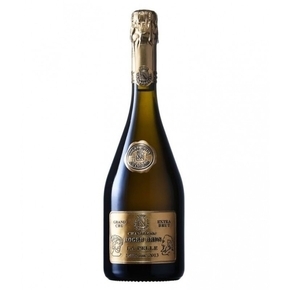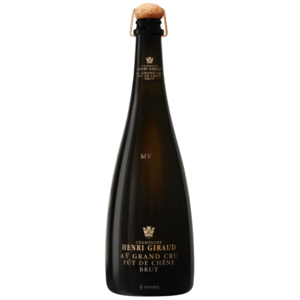2019 by Champagne Club enligt Richard Juhlin
★★★
Återigen ett år med många utmaningar för odlare i Champagne. Det största problemet genomgående var svamp- och mögelinfektioner, men frost och plötsliga korta värmeböljor gjorde det också svårt att klara sig. I slutet av juni registrerades den högsta temperaturen någonsin när jag reste genom Provence med min familj. Den mest negativa effekten av den globala uppvärmningen i Champagne verkar vara de varma vintrarna, som ger farligt tidig knoppning som i sin tur gör vinstockarna extremt känsliga för vårfrost. Detta hände 2019. Det är lite för tidigt att spika på årgångens kvalitet, men det verkar som att vinerna kommer att bli fruktiga och rika, med hyfsad vitalitet, utan att utgöra en särskilt bländande årgång. Trots COVID och lockdowns kunde alla vinproducenter slutföra sitt arbete på egen hand och skapa cuvéer från 2019 års skörd under våren 2020.
-
2019 by Curtis Joseph
★★★
- Harvest: September 2nd
- Total Sales: 297,561.896 btl
- France: 141,594,046 btl
- Export: 155,967,850 btl
- Yield: 10,256 kg/ha
- Area under vine: 33,829 ha
- Average potential alcohol: 10.6 %
- Prix Constaté : €6.30/kg
- Average total acidity: 6.8 g/l
- Average gluconic acid: 0.02 g/l
A warm winter with record high temperatures preceded the 2019 campaign, continuing through February.
Temperatures returned to normal in March, and bud break occurred began on the 8th of April, in line with the ten-year averages. Unfortunately, there was frost at the time of the bud break, affecting 5,000 hectares in total, with 1,000 completely destroyed. The weather from budbreak to flowering was uneven, with storms and cool weather in early June. Although there were some issues with powdery mildew, fine weather returned around the 15th of June, and flowering began just a few days behind the ten-year average.
The end of June was very hot, and the balance of the summer was dry. There was a second heatwave as well, and temperatures reached 42° C (over 107° F), leading to sunburn in the grapes and shriveled bunches. In all yields were down about 17% between the frost, mildew, and sunburn. I was able to taste a very few vins clairs in a January 2020 visit to the region, but due to the Covid pandemic the traditional vin clair tastings were cancelled, and the verdict on this year will have to wait. To judge from anecdotal reports and from the statistics reported by the CIVC, however, we can hope that with slightly more acidity at harvest than 2018, we will have some good results.





